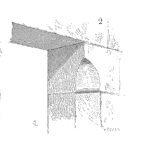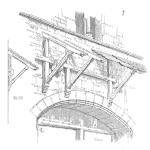
Becoming an ASQ CRE is one milestone in your career. It involved gathering experience and studying the broad reliability engineering body of knowledge.
It also involved an ongoing application of what you know and learn. I’ve found being a reliability engineer involves learning about materials, designs, systems, people, and tools & techniques. Mastery takes time and a good library. [Read more…]













